
A dental bridge is dental restoration performed to replace missing teeth and fill the gap caused by missing teeth. There are three different types of dental bridges. They are classified according to how they are fabricated and the way they connect the adjacent teeth. Dental bridge types include traditional bridge, Cantilever bridge and resin-bonded bridge. Dental bridges can be supported by natural teeth or dental implants. Similarly to any other procedure even dental bridges have their advantages and disadvantages.
Dental Bridge - the Very Procedure
Prior the procedure the dentist thoroughly examines patient's teeth and gums. Only suitable patients undergo procedure. What follows is preparation of the teeth that are used as a support of the dental bridge. These teeth are known as abutment teeth. In case abutment teeth are damaged (decayed or broken) they need to be rebuilt. These teeth are prepared in a suitable manner. Namely, a part of their enamel is removed. This way they are reduced in size. Once this is finished the dentist takes an impression of these teeth. This is essential for obtaining a model which is then going to be used in fabricating the bridge. Until the definitive bridge is manufactured a temporary bridge protects the exposed teeth and gums. And finally, after being manufactured permanent bridge is placed, fitted and cemented. The false tooth known as the pontic is attached to the abutment tooth. This false tooth can be made of different materials such as porcelain, gold and alloys.
Dental Bridges Pros and Cons
One advantage of dental bridges is that they replace a missing tooth or teeth. This way they significantly improve the appearance of teeth and smile in general. Furthermore, the person may chew more easily than he/ she used to prior the procedure. Dental bridges are also good since they prevent potential temporomandibular joint dysfunction due to loss of teeth. What is more, filling of the empty space can prevent accumulation of food debris and subsequent nearby teeth decay and periodontal disease. The procedure is less expensive and less invasive comparing to dental implant surgery.
On the other hand, one of the advantages is associated with certain changes in one's teeth caused by the procedure. The teeth may become more sensitive to hot or cold temperatures. Furthermore, dental bridge is not a permanent solution and it can last only for 10 to 15 years. Dental bridges also require strict and impeccable oral hygiene. Even though it is much cheaper than dental implant, dental bridges are still rather expensive. And finally, during time the cemented bridge may become loose. Excessive loosening usually occurs if the bridge is supported by natural teeth. Once the bridge becomes loose it allows entering of the food between the gums and the bridge. This can eventually cause bad breath.


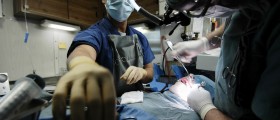

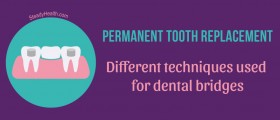

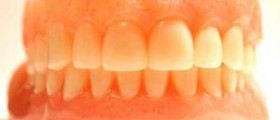

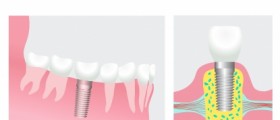


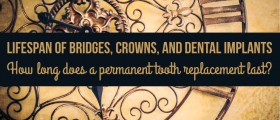
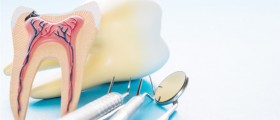


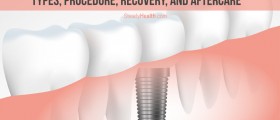

Your thoughts on this
Loading...